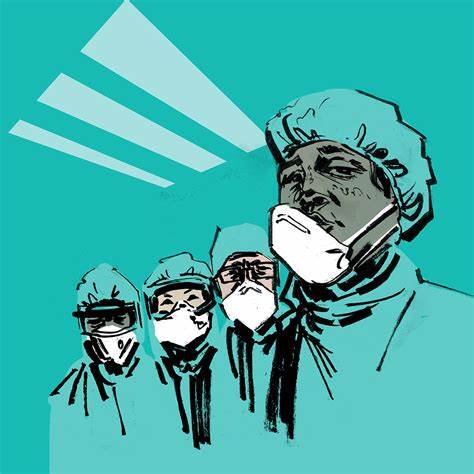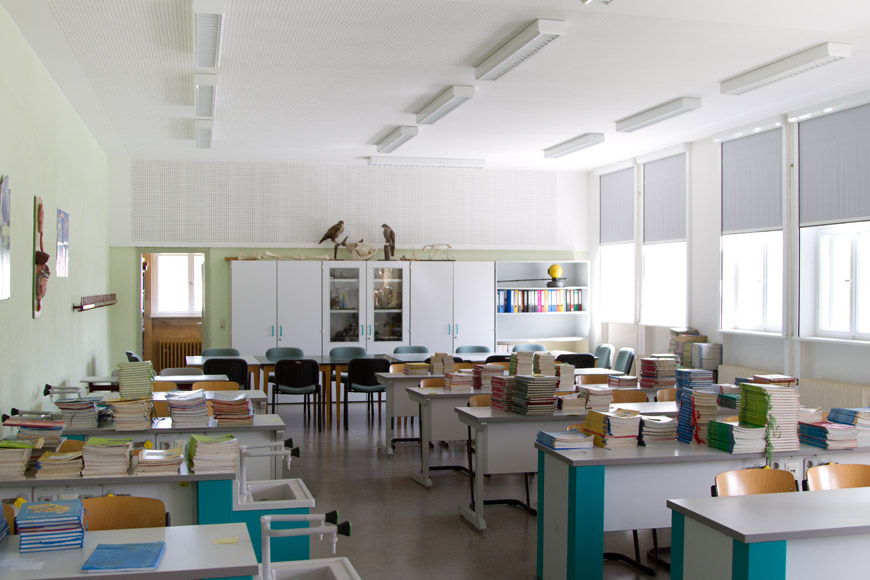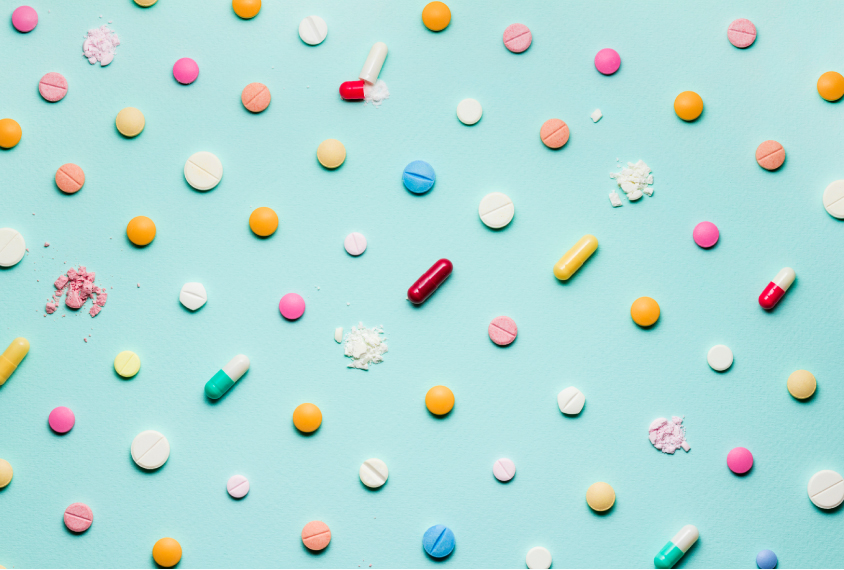Tales of pitch, glass, fluidics – and of Boston as amorphous molecular liquid
Here is a delightful story on classical science experiments with tension but, alas, an awful long wait between highlight reels. Also, not much that counts as practical information for nearly all readers who are not graduate students or beyond in materials science.
Webb does a first rate job without wise cracks to divert from the droll amusement that comes form telling the story straight. One test is at Trinity College Dublin, another at the University of Queensland in Brisbane, and a third is at Queen Mary University of London. In the tale one learns a bit about why a few scientists are so interested as to set up experiments that will outlive them, in some cases without yielding a single data point. Yet live feed cams so the public can join in watching nothing happen have a steady viewership. The science arises form study of the difference between true solids and liquids, between crystalline structures and the disorder of fluids, and how subtle the transitions may be. The story even draws a distinction between tests that are full-on experiments (under controlled, monitored conditions) and others that are more like expositions to make a general point.
The fact that such tests are underway has been in the news over the years. The hook now is that at one of the labs researchers (presumably grad students and post-docs determined to get some action before they move on) set up an additional series of tests. Some of the originals have been at it for nearly a century. The companion set-ups use tar slightly diluted with more volatile petroleum products, or something, so that they are a little bit runnier.
About Boston, perhaps a fluid place, viscosity unknown: …but after reading on pitch drops, this story fits right into a post on the relative order and disorders among solids and liquids.
An MIT professor, it says here, one day was looking at a blow up of Boston from the air when it hit him. He turned to a colleague.: “Hey, doesn’t that look like a molecular structure?” So he set up a study. And while Boston has the scale size and random patterning of a liquid, New York is more like crystal. Graham is a New England freelancer and feature writer, doesn’t do much science (her site), but should try some more. She reports here that associating city patterns with solid materials does yield a few practical, but still unrealized, payoffs for urban designers.
This article was originally published on Tales of pitch, glass, fluidics – and of Boston as amorphous molecular liquid

















